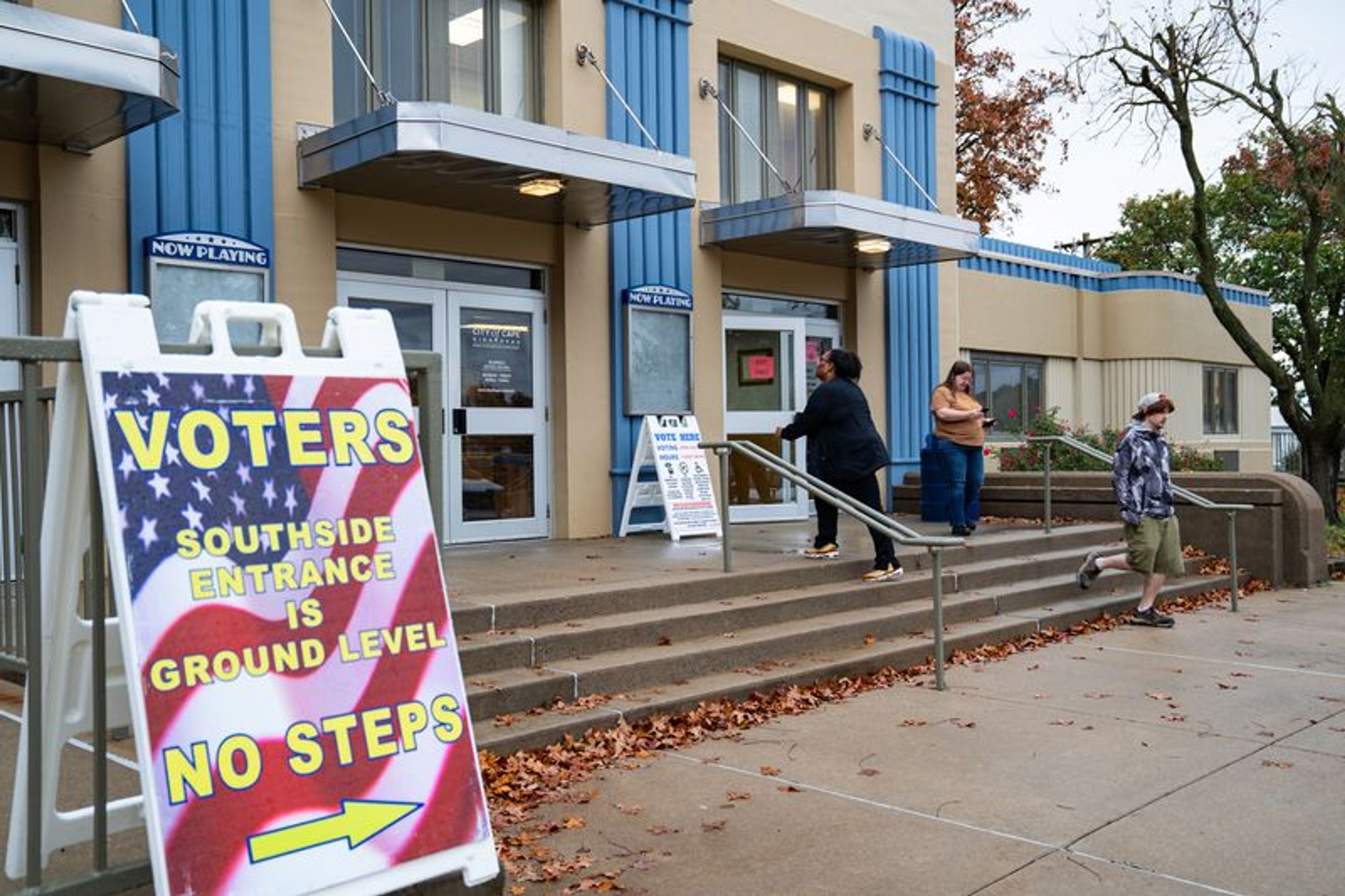MAP scores gauge teaching performance
The moment Missouri school districts had been anticipating arrived the first week of September. The district-by-district, grade-by-grade Missouri Assessment Program scores were in, and with them the information on whether districts would receive their accreditation or whether that accreditation would be in jeopardy...
The moment Missouri school districts had been anticipating arrived the first week of September.
The district-by-district, grade-by-grade Missouri Assessment Program scores were in, and with them the information on whether districts would receive their accreditation or whether that accreditation would be in jeopardy.
While accreditation is part carrot and part stick for administrators, one hopes they value the test and use the results for other useful purposes as well.
Administering the MAP math test became mandatory in 1998. Communications arts, science, social studies, health and physical education were added in the years that followed.
Children take various tests in various years, which allows for a snapshot of the same group of students from time to time. For example, the children who took the social studies test in fourth grade this year can be checked again in 2006 to see if they've improved in the subject.
MAP testing costs state taxpayers hundreds of thousands of dollars. Because of a budget cut, the state won't fund the social studies and science tests to be administered in the spring, so local districts are picking up an increase of $5 per student so they won't be missing a year of MAP data.
Considering the cost and the fact that districts feel the MAP is so important that they're willing to pay more themselves to avoid missing a year of social studies and science evaluations, it's also important these scores are widely disseminated so that parents can use them to evaluate the teaching performance of their children's schools. The Southeast Missourian is helping in that effort by posting the MAP scores for each school district in Perry, Scott, Cape Girardeau and Bollinger counties on semissourian.com.
School-by-school data is available at district offices, so parents can compare their child's school with other schools.
And finally, individual scores are going home throughout Southeast Missouri right now, so parents can assess their children's performance.
Yes, there are factors that make districts differ from one another.
Learning-disabled children are included in the testing. If they finish the test, their scores are counted in the district average. Therefore, districts with high numbers of learning-disabled students are liable to see lower scores.
Certain groups of students don't perform well on standardized testing, particularly those whose families benefit from the federal free and reduced-price lunch program. Districts with larger numbers of these students also will see lower scores.
But for now, this is the best evaluation tool available to the state, and it is about to become more prominent as President Bush's No Child Left Behind Act goes into effect, requiring testing at every level and penalties for consistently low-performing districts and schools.
Educators should take good teaching performance seriously. And so should parents, who need to be encouraging their children to do the best they can and providing an environment so that will happen.
Connect with the Southeast Missourian Newsroom:
For corrections to this story or other insights for the editor, click here. To submit a letter to the editor, click here. To learn about the Southeast Missourian’s AI Policy, click here.








